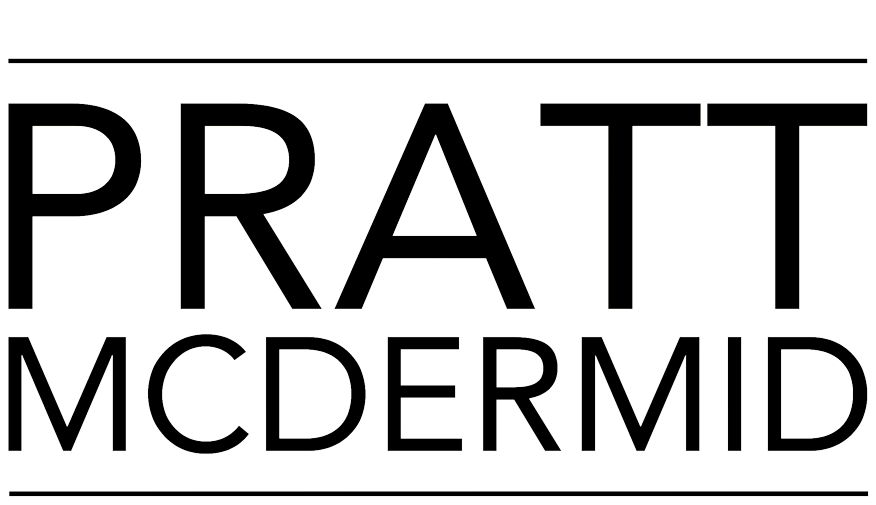
Trade-marks are registered in Canada pursuant to the Canadian Trade-marks Act.
The Canadian Intellectual Property Office (CIPO), which is part of Industry Canada, is the agency responsible for all forms of Intellectual Property in Canada, including trade-marks, patents, industrial designs and copyrights.
The Trade-marks Office is the federal agency within CIPO which is responsible for registering trade-marks in Canada and is directed by the Registrar of Trade-marks. The Canadian trade-mark registry is maintained in the Canadian Trade-marks Office located in Hull, Quebec.
Canada is a member of the Paris Convention.
Registering a Trade-mark in Canada
To register a trade-mark in Canada, a trade-mark application is filed in the Canadian Trade-marks Office together with the required government filing fee ($250 for electronic filing and $300 for paper filing).
The Trade-marks Office will give the application an official filing date and serial number and the application is then examined by the Examiner in the Trade-marks Office to assess whether a) the application is in proper form, b) the trademark is registrable pursuant to the Act, c)the applicant is the person entitled to registration.
If the Examiner determines that the application is in order for acceptance the application is then advertised in the Canadian Trade-marks Journal, providing any interested party to oppose the application within in 2 months of application being advertised.
Provided no opposition is filed against the application, the application is then allowed and the Trade-marks Office will require that a Statement of Use be filed declaring that the trade-mark has been used in Canada prior to issuance of registration for an application based solely on proposed use in Canada and payment of the registration fee.
In the case of an application filed based on registration of the trade-mark in another country of the Union, prior to advertisement of the application, the Office will require a certified copy of the foreign registration.
Our Trade-mark Services
Pratt McDermid provides their International clients with counsel and representation in all aspects of trade-marks, including the following trade-mark services:
- Consultation; advice as to feasibility
- Registrability searches and opinions
- Preparation, filing and prosecution of trade-mark application to registration
- Maintaining docket for relevant due dates
- Maintaining watching service
- Trade-mark renewals
- Section 45 Proceedings
- Trade-mark Assignments – preparation and filing assignment
- Opposition Proceedings
- Opposition Settlement
- Settlement and Licensing
INDUSTRIAL DESIGNS FOR INTERNATIONAL CLIENTS
Designs are protected in Canada by a separate Industrial Design Act, while the Registrar is the same person as the Commissioner of Patents and the Registrar of Trade-Marks within the Canadian Intellectual Property Office (CIPO).
A Canadian Industrial Design application is subject to substantive examination that is initiated on filing of the application. The application should include formal line drawings as well as a description of the design setting out the features of the design relating to the shape, configuration, pattern or ornamentation of the article of manufacture. Although absolute novelty applies, Canada has a one-year grace period for disclosure originating from the applicant. The Convention priority period is six (6) months.
A registered design is in effect for 5 years from the date of registration (typically 9 to 20 months from filing), and may be renewed once for an additional 5 years.
Statistics
INTERNATIONAL PATENT ATTORNEYS
Population: 32.9 million
Size of economy: 8th largest in the world, highly integrated with US economy
Character of economy (by GDP): 31% Manufacturing, 3% Agriculture, 66% Services
Legal system: Common Law for IP Statutes and all provinces except Québec (Civil Law)
International Treaties: Paris Convention, PCT, WTO-TRIPS and PLT
The Canadian Intellectual Property Office (CIPO) is a Canadian federal government agency under the direction of the Minister of Industry that houses the Patent Office, the Trade-Marks Office, the Industrial Designs Office and the Copyright Branch. The Commissioner of Patents is likewise the head of the other CIPO Offices. CIPO is located in Gatineau, Québec, some two hours from Montréal.
Canadian Patent Law historically was modeled on US Law, however, in 1989 it was amended to be a first-to-file system with absolute novelty and a one-year grace period. Canada has never had a “continuation-in-part” provision in its patent law, although partial internal priority within the first twelve months may be claimed. The 20-year term and the grace period is based on the actual filing date of the application, and not the priority date claimed, whether domestic or foreign. The courts in Canada have adopted the British approach to a “purposive construction” regarding claim interpretation, with the effect of essentially replacing the doctrine of equivalents. The Canadian Patent Office has traditionally considered that claims are directed to a single invention when complying with US unity of invention criteria, and so a patent may present different independent claims of a same statutory class. However, the Patent Office today will generally accept a set of claims complying with EPO unity of invention criteria without requiring division.
In some market sectors, the Canadian patent is perceived as being optional when a corresponding US patent is obtained. This perception is based on the degree of integration of the two markets and the greater size of the US market. However, the cost of adding a corresponding Canadian patent to one’s patent protection is excellent value. The integration of the two markets is often so great that any decoupling is disruptive of the normal distribution or supply of product. Thus, even if a patentee were to lose in patent litigation in the US, and yet win in Canada, the effect would likely lead to a favorable settlement before resolution of any appeal in the US.
Summary
| Novelty and Grace Period: | Invention must not be disclosed in any form anywhere in the world before priority date, with an exception for information disclosed directly or indirectly from the Applicant not more than one year before filing date in Canada or PCT International Filing Date. No declaration of non-prejudicial disclosure is required for grace period effect. Content of unpublished Canadian patent applications having earlier filing date are prior art for novelty, but not obviousness. |
| Publication: | Automatic at 18 months. |
| Term: | 20 years from filing date. |
| Maintenance fees: | Due annually from 2nd anniversary of filing date to 19th. |
| Examination: | Substantive examination. Request to be filed by 5th anniversary. First Office Action issued about 2 years from request for examination. |
| Claims: | PCT-style multiple dependencies accepted by Rule. EPO-style dependencies often accepted. No claim fees or limits. |
| Languages accepted at filing: | English or French only. |
| Power of Attorney: | Not required for agent presenting application or national phase. |
| Certified copies of priority documents: | Not required or accepted at filing. |
| Assignment: | Declaration of Entitlement replaces formal assignment for initial transfer of rights from inventors to first Applicant. Inventor signature not required. |
| PCT national phase entry due date: | 30 months. Late entry permitted by 42 months with payment of late fee (no petition or justification required). Caution: Late entry is the only safeguard mechanism to correct a defect making a national phase entry incomplete, and it is not recommended for regular use. |




